
Electric vehicle sales are rapidly growing in Australia, though it still remains a small slice on our roads.
Like many new and shiny things, there’s a lot of scepticism, hesitancy and misconceptions around owning battery-electric cars in lieu of internal combustion engine vehicles (petrol and diesel) – which we’ve been driving for more than a century.
In this three-part series, we definitively mythbust to ‘clear the air’ surrounding EVs. Here, we focus on the concerns about buying an EV. Also check out our other mythbusters here:
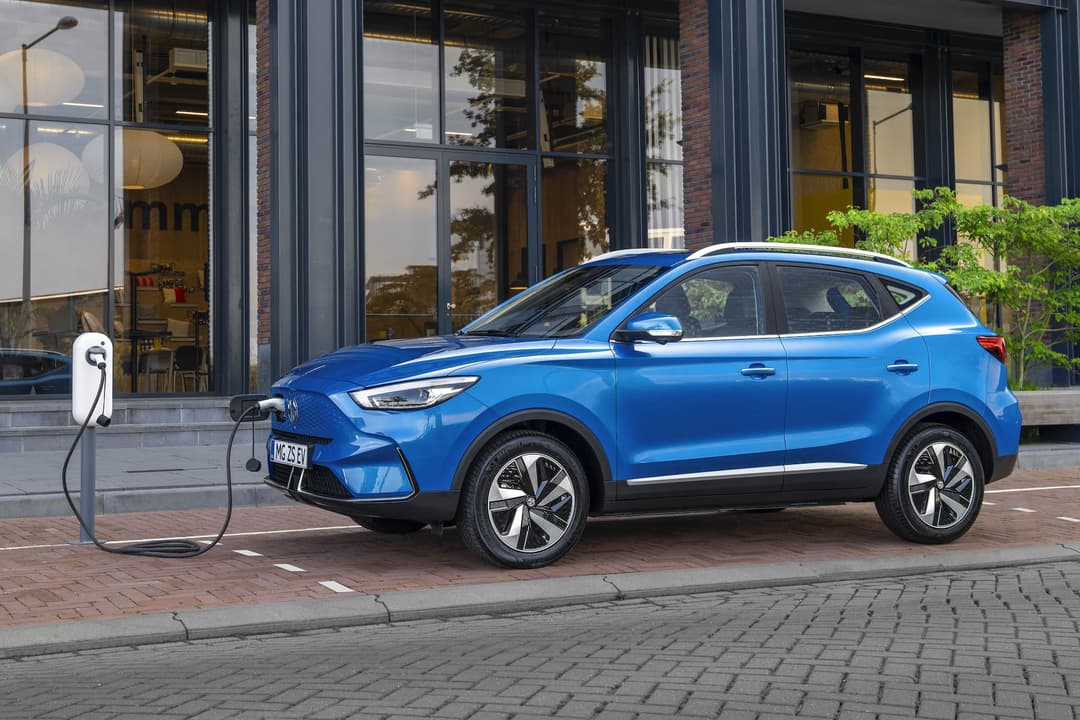
#1. “EVs are too expensive compared to petrol and diesel vehicles.”
Debatable. Currently, pure-electric models have a markedly higher price tag than equivalent fuel-powered models. That’s because lithium-ion batteries cost around A$8700 for each EV, which largely contributes to electric cars being 45 per cent more expensive to manufacture than combustion cars.
Though, according to BloombergNEF, average lithium-ion battery pack prices have fallen 89 per cent in 11 years – from A$1650 per kilowatt-hour (kWh) in 2010 to just A$182 per kWh in 2021.
However, while the initial upfront cost of EVs are currently more expensive, they have lower ownership running costs like charging and maintenance. Depending on how much you drive, the total cost of ownership (TCO) of EVs will eventually offset and surpass the extra price difference buyers paid for the EV over the petrol- or diesel-run model over time – especially in an age of soaring record fuel prices and if you utilise free solar energy. Check out our EV ownership cost calculator and Transport for New South Wales for a TCO and comparison tool.
For example, there’s nearly $16,000 (drive-away) separating the petrol-powered MG ZST Excite and equivalent MG ZS EV Excite. However, the average Australian will likely recover that cost after five-years of ownership by opting for the pure-electric crossover SUV version.
Also, not all EVs are necessarily “luxury cars”. Mainstream models like the MG ZS EV, BYD Atto 3, and Nissan Leaf to premium models like the Tesla Model 3, Polestar 2, and Mercedes-Benz EQA all cost between $45,000 to $100,000 – the same price range for buying popular top-spec 4x4 diesel utes like the Toyota Hilux, Ford Ranger, and LDV T60 Max. Sure, we shouldn’t compare utes against small SUV, hatch or sedans since they’re completely different segments – but it highlights that many Australians can afford to buy an EV today if it meets their needs.
Over time, as manufacturing costs decrease and the number of pure-electric models increase, EVs are poised to reach price tag parity with traditional combustion vehicles by around 2025 to 2030.
In fact, price parity is already emerging now; the BYD Atto 3 SUV starts from $44,391 before on-road costs and state incentives, which is a touch above to a top-spec Kia Seltos a similarly sized small-medium SUV. Moreover, local distributor EVDirect plans to release the small BYD Atto 2 hatchback (called EA1 or Dolphin in China) later with a price tag aimed at around $35,000 that undercuts most flagship model small cars like the Toyota Corolla.
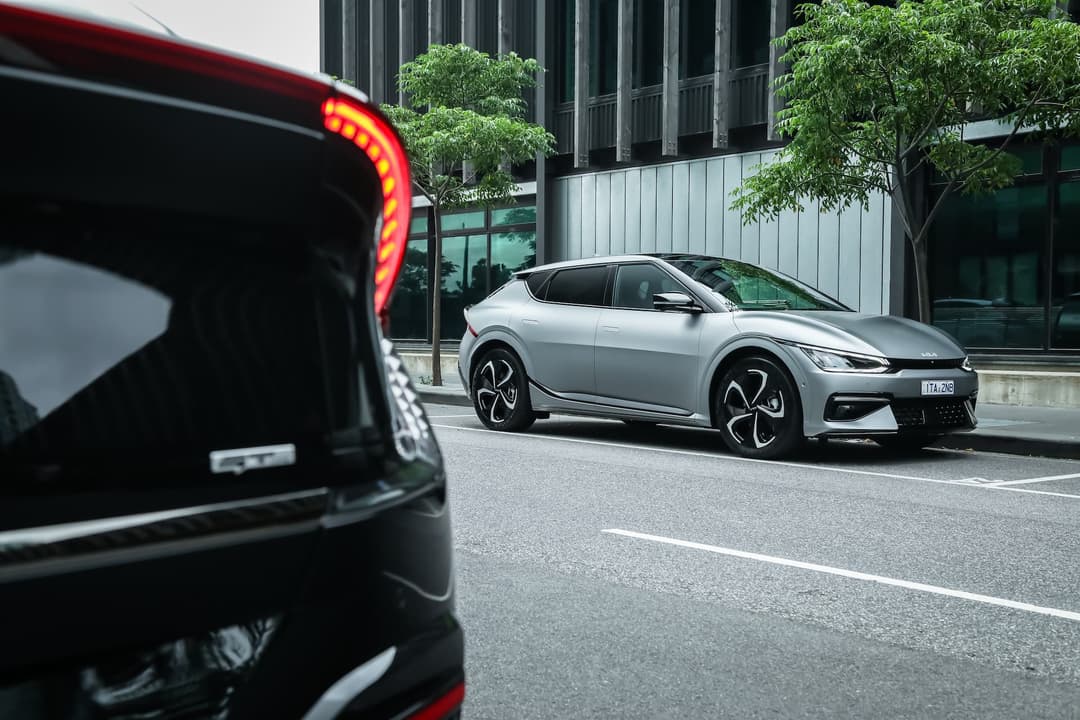
#2. “There aren’t enough EVs available to buy.”
Debatable. In today’s market, there are drastically less model choices when buying a battery-electric vehicle; however, carmakers are rapidly expanding their EV line-ups with a bevy of new EVs landing in Australia this year.
According to Redbook, there are around 350 fuel-powered models (including individual trim levels) currently sold in Australia, but only 59 pure-electric models available under the 2022 model-year designation. By contrast, Europe sells around 230 fully-electric models.
A key reason why Australia sells less EV models than other markets is the lack of high-volume demand and no firm emissions reduction targets nor buying incentives set by the Federal Government – despite rapidly growing interest in EVs and inherent benefits of owning one.
This ostracises the Australian market to only receive EVs a few years later in the vehicle’s lifecycle like the Volkswagen ID.4 or receive very little allocated stock when compared to other countries disproportionate to local demand – even in the semiconductor supply crisis – like the Kia EV6.
Some car brands are ‘on the fence’ or won’t bring some EV models at all like the Honda e, Ford Mustang Mach-E and Fiat 500e, while others are more committed to Australia by selling every EV the brand makes like Mercedes-Benz, Genesis and BMW.
This year, a laundry list of all-new EVs will be available like the affordable BYD Atto 3 and updated MG ZS EV, the full line-up of Mercedes-Benz EQ and Genesis EV products, commercial vans like the Renault Kangoo E-Tech and Ford e-Transit, plus much more.
While Australia has less model choice, EVs already cover key vehicle segments including SUV, sedan, liftback, wagon, and van. Over time, as demand grows and costs go down, more EV models will surface onto the Australian market, including entering the popular ute class.
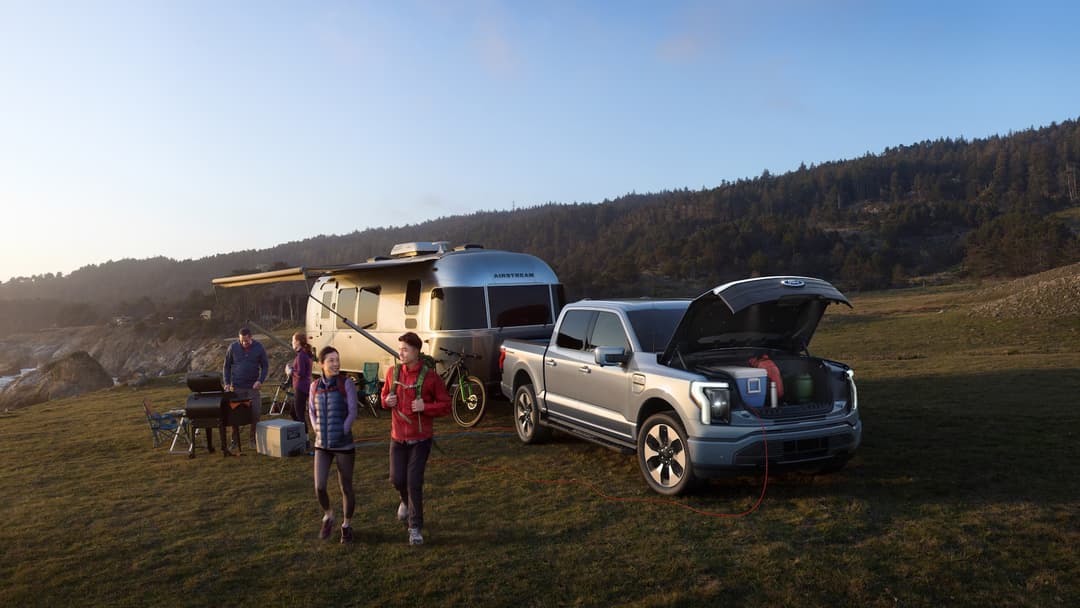
#3. “EVs are not for tradies.”
False. While Australia currently misses out on a range of compelling battery-electric pickups emerging overseas, the reality is clear: EV utes are more powerful, practical, and capable than current combustion engined models. It simply won’t “ruin your weekend” as some have suggested…
Yes, electric utes (and passenger cars) can tow. For example, the Rivian R1T pickup has a claimed 5000kg braked towing weight capabilities, while the Ford F1-50 Lightning and Chevrolet Silverado EV large trucks are rated to tow around 4500kg in the USA. Lesser powered models like the LDV EV T60 can only tow up to 1000kg. For context, the current sales-topping diesel utes like the Toyota Hilux, Isuzu D-Max, and Mazda BT-50 only max out at claimed 3500kg (braked).
Most battery-electric utes currently sold overseas feature vehicle-to-load (V2L) capabilities, allowing owners to power their tools, charge their devices, and even an entire worksite by discharging the large battery pack with a minimal impact on driving range. This is not entirely new, but EVs can output more wattage and not risk depleting the 12-volt auxiliary battery like current diesel utes.
It’s worth noting that, just like burning more fuel quickly, towing will significantly eat up battery range quicker – often cutting range in half according to some carmakers – by increasing energy consumption. Also, since all-electric utes are naturally heavier due to the lithium-ion batteries sitting underneath the vehicle, maximum total payload is often less than its fuel-powered counterparts.
Additionally, EV utes are also more practical for tradies and families alike. Gone are the days of stuffing items precariously at the rear tub, knowing that the tonneau cover or roller shutter won’t completely protect it from the elements. Thanks to the lack of a front-mounted combustion engine, many battery-electric utes feature a frunk (front storage area) that is weather-sealed and is sometimes even power operated to lift up and close hands-free.
Essentially the same as the boot tailgate on passenger cars, it’s even available on models based on traditional fuel-powered platforms. Ford calls it the ‘Mega Power Frunk’ on its Ford F-150 Lightning ute, which boasts 400-litres of space (or similar to a Volkswagen Golf’s hatchback boot capacity).
Meanwhile, passenger EV models like the updated MG ZS EV and Volvo XC40 Recharge Pure Electric SUVs can still tow up to a claimed 500kg and 1500kg respectively (braked). See the rated towing capacity of all EV models here.
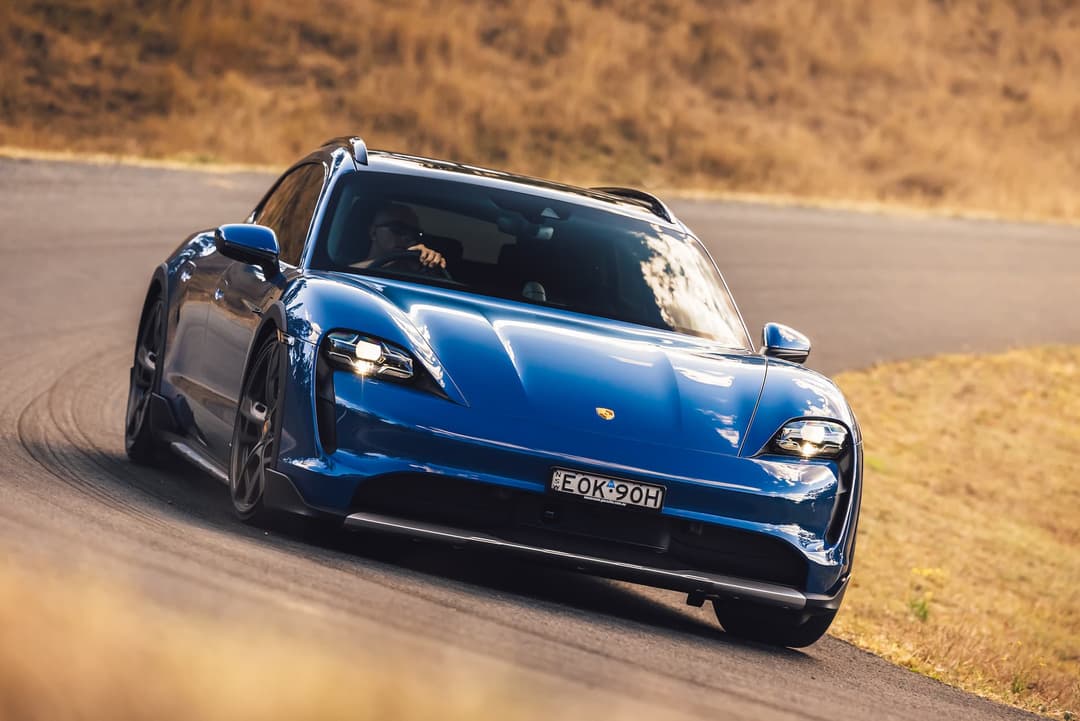
#4. “EVs look weird and aren’t fun to drive.”
False. Some electric vehicles certainly have a unique exterior design and shape compared to the fuel-powered models we’ve been accustomed to. That’s because the EV revolution and dedicated electric car platforms allow designers to experiment more with different proportions and on entirely new nameplates, while maximising aerodynamics to better energy consumption. For instance, the Kia EV6 looks more of a large, sleek crossover wagon rather than being a high-riding SUV, while the Tesla Model 3s plain, grille-less front and rounded roofline is relatively unconventional – but benefits driving range.
If that’s not your preference, there are still plenty of familiar-looking pure-electric models with carryover badges in the market like the MG ZS EV, Mazda MX-30 Electric, and BMW i4 which are all based on internal combustion engine underpinnings. Although they may not offer the same interior practicality nor maximise its internal space to fit more energy dense batteries, some models still provide similar efficiency, charging speeds, and power outputs as bespoke EVs.
Additionally, EVs still cater to performance heads. It’s no secret that electric motors provide instant acceleration, meaning driver’s will feel maximum torque on tap, without needing to shift gears or rev an engine to the ideal power and torque range. This is why many carmakers focus on 0-100km/h sprint times on EVs, and even on models that aren’t as potent, it’ll still feel powerful thanks to instant torque that gives a rollercoaster-like sensation.
Currently, EVs are significantly heavier than petrol and diesel vehicles due to the large battery packs sitting underneath the floor. For example, the petrol Mercedes-Benz GLA250 weighs 1698kg compared to the equivalent electric EQA crossover at 2040kg. This enables a low centre of gravity for more planted driving dynamics, and carmakers extensively tune handling, suspension and more to cater to the heavier weight.
Furthermore, models like the Mini Cooper Electric deliberately use a small battery to maintain its iconic “go kart” like feel. Some EV conversion specialists like Zero EV have even managed to maintain a similar total weight and same 50/50 distribution on the Mazda MX-5 Mk2 convertible by repurposing used Tesla batteries and parts.
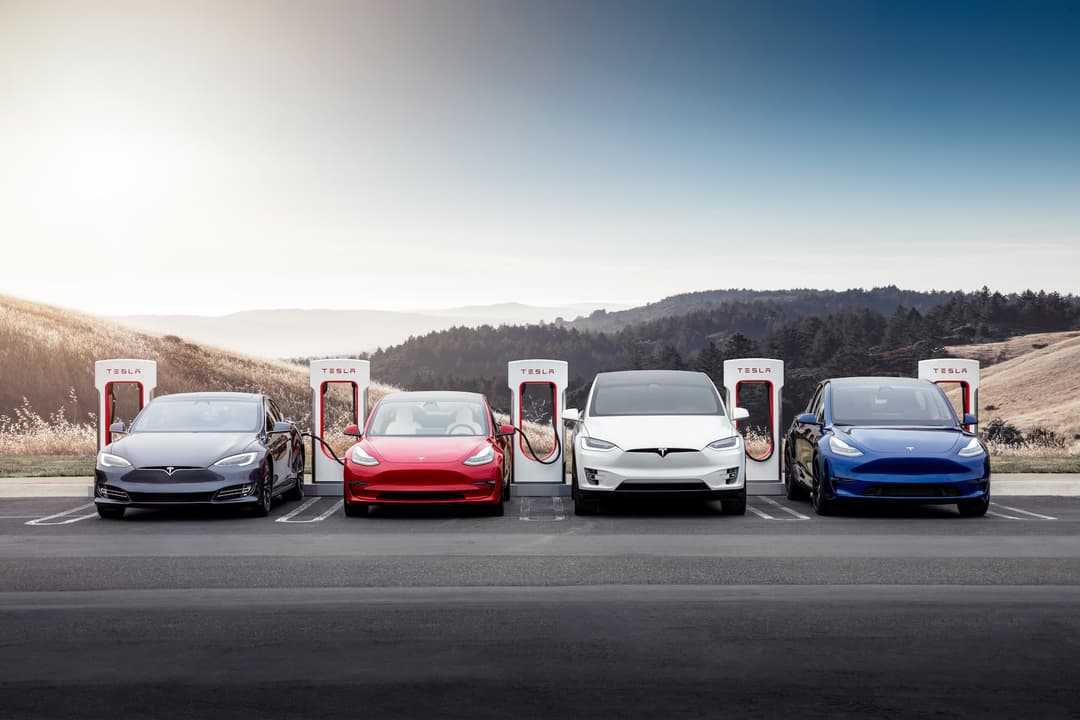
#5. “EVs are only for Tesla and Elon Musk fans.”
False. While Tesla remains the dominant player in the EV space and on our roads today, there are a plethora of legacy and startup automakers quickly catching up by releasing more pure-electric models with unique features like bidirectional charging capabilities, over-the-air (OTA) software updatable systems, and even slicker aerodynamic designs.
Founded in 2003 by a group of American engineers, Tesla has had a roughly 10-year head start by re-sparking the electric vehicle revolution with its Lotus-based Tesla Roadster in 2008 and landmark Model S in 2012. That’s why today’s Tesla Model 3 small sedan has become the most popular EV on Australian roads, with a successful formula of low efficiency, high power, access to the Tesla Supercharging network, software-driven approach, and a relatively good value price tag.
In addition to Elon Musk’s controversial charisma, who became Tesla’s CEO in 2008, it has developed a strong following of loyalists (and netizens) globally – despite selling very few models, a looming debate on its quality control and customer service, and notoriously under delivering on new vehicle promises.
Notably, early birds like the first-generation Nissan Leaf and Renault Zoe hit the market in 2010 and 2011 respectively before the Tesla Model S, and have too developed a loyal fan base. Both models are lowering the price barrier to EVs in the used car market today, unlike Tesla.
However, the rest of the automotive industry is rapidly catching up. Almost all legacy car brands from Toyota, Hyundai and Ford have set ambitious plans to transform their entire line-ups to full electric from 2025 to 2040, while new electric-only brands like Polestar, Rivian, and Lucid are emerging with strong demand. The fact is, buyers don’t need to choose a Tesla to own a decent electric car anymore, even though it still leads in some areas; there’s more choice, from the BYD Atto 3 SUV, Porsche Taycan coupe and wagons, Ford e-Transit large van, and countless more.
Figures by Danny Thai
About the author
Stay up to date with the latest EV news
- Get the latest news and update
- New EV model releases
- Get money savings-deal

